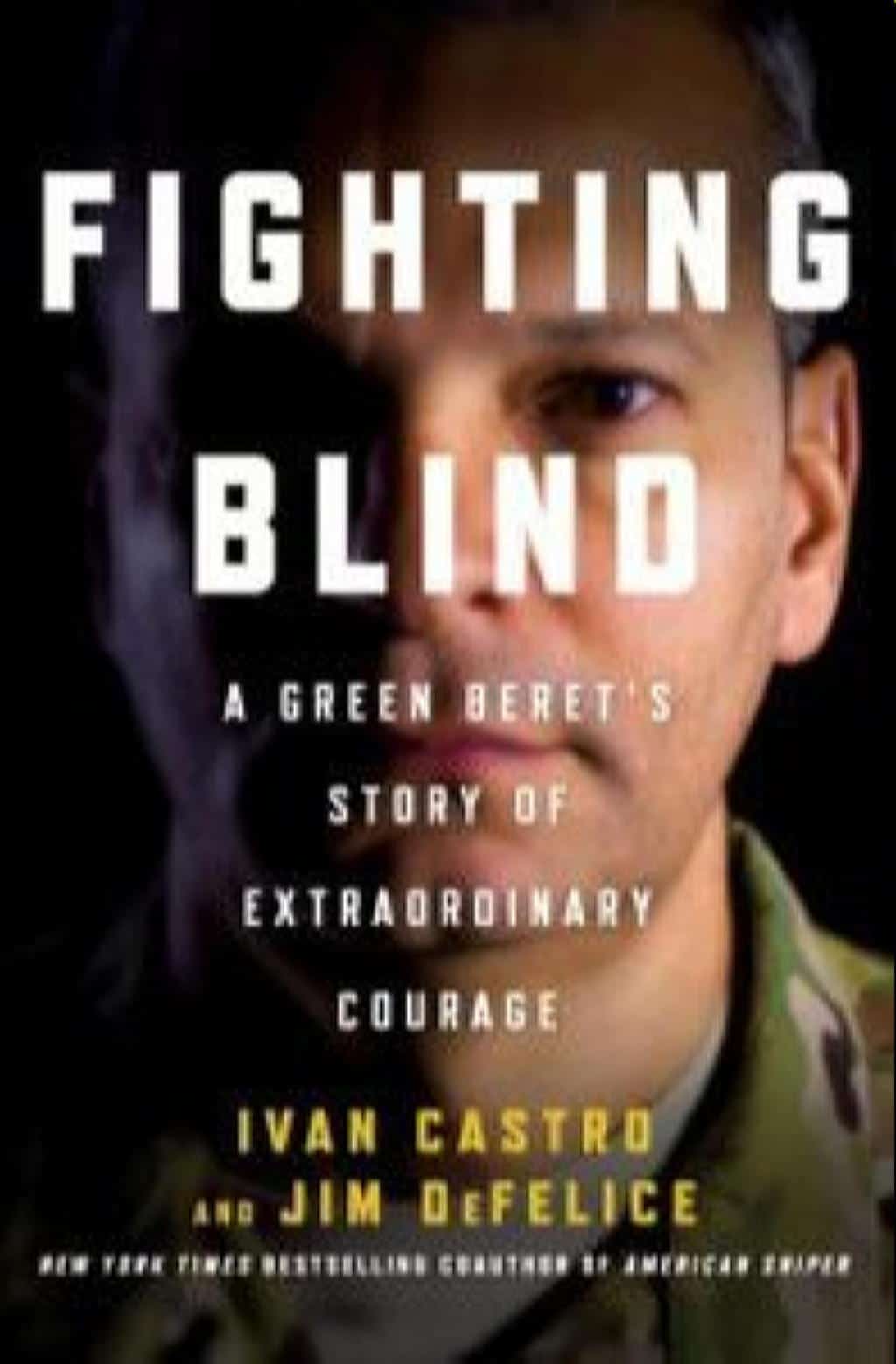Financial Counseling Available at Manhattan Public Library
Beginning May 1, 2017, the library will offer a new service to provide financial counseling using a web-based video-connection with Housing and Credit Counseling, Inc. (HCCI) in Topeka.
The video-counseling is available for people in all income levels but will primarily benefit:
- individuals and families wanting to budget well, reduce debt, and save for short-term and long-term financial goals; and
- low and moderately-low income working families wanting to build good credit and get ahead.
A typical HCCI counseling session is 1.5 hours and includes a thorough review of spending habits, debts, credit report data and score, any garnishments and the client’s short and long-term financial goals. Each client develops – with guidance from their HCCI Counselor:
- a personal Spending Plan (budget), and
- “Next Steps Action Plans” to meet their short and long-term financial goals.
To make an appointment:
Call HCCI at 800-383-0217. HCCI staff will arrange a time that is convenient for you to come to the Manhattan Public Library to connect online for a video-counseling session. Staff here can help you with this web-based connection.
You will be able to visit with your HCCI Counselor directly and view (on a computer screen) the helpful forms HCCI uses to guide people to develop a practical budget of their own. HCCI will pull your credit report and explain what lenders and employers look for in a credit report. You will also receive an Action Plan and guidance from HCCI about the steps you can take to reduce debt, build your credit, and begin to save for emergencies. Everything you need will be e-mailed or mailed to you by your HCCI counselor.
HCCI tells us 70% of the people they counsel qualify for free counseling because their income or household qualifies for grant funding HCCI receives to help cover counseling costs. For example: there is no charge to military personnel or their families. There is no fee for people earning lower-incomes.
For all others, a one-time counseling fee of $45 covers the initial 1.5 hour session plus continuing counseling, as often as needed, at no charge. Additional counseling visits may be by phone, e-mail and video-counsels at the library.
To learn more go to HCCI’s website at www.hcci-ks.org or call 800-383-0217.
HCCI is a 501(c)(3) nonprofit agency, founded in 1972. HCCI is certified by HUD (Housing and Urban Development) and is licensed and regulated by the Office of the Kansas State Bank Commissioner. HCCI is funded in part by United Ways in Emporia, Junction City, Lawrence, Manhattan and Topeka, by government grants, and by corporations, foundations and individuals. HCCI’s CSO License # is 0000003.


 By Amber M. Schilling, Youth Services Librarian
By Amber M. Schilling, Youth Services Librarian Unlikely Friendships
Unlikely Friendships Tales of the American West
Tales of the American West The Splendor of Owls
The Splendor of Owls Exploring Kansas Outdoors
Exploring Kansas Outdoors Biographies “On Demand!”
Biographies “On Demand!”